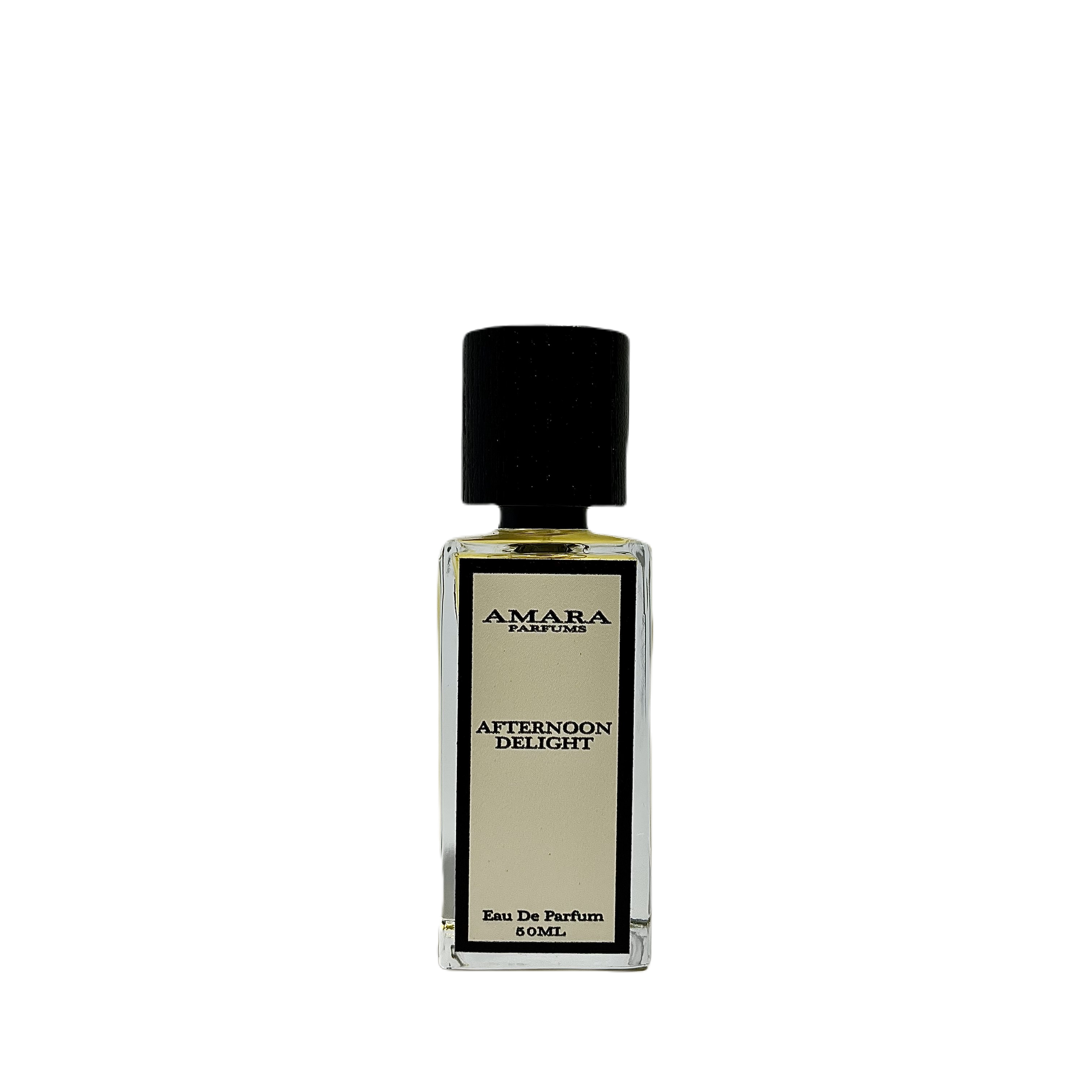The world of fragrances, like a captivating scent, has an allure that draws us in. From the moment we first spritz a fragrance on our skin, we become part of an art form that has been evolving for centuries. But, behind the beautiful bottles and enchanting scents, there's a less fragrant truth about the perfume industry—a truth that involves exorbitant price tags and an unsettling paradox.
The Perfume Price Paradox
We've all been there, standing in front of a shelf filled with designer or niche fragrances, awestruck by the artistry encapsulated in those tiny bottles. Yet, as we reach for that bottle, our excitement is often tempered by the reality of its price. Why is it that a seemingly simple blend of scents can cost upwards of $300?
The Factors Driving Perfume Prices Beyond Reason
It's time to unravel the fragrance industry's enigma and understand why those price tags can be so high:
1. Brand Prestige: One of the primary drivers of perfume prices is the prestige associated with a brand. Designer labels and niche brands often carry hefty price tags simply because of their name. You're not just buying a scent; you're investing in a piece of their luxury image.
2. Marketing Costs: The art of marketing plays a significant role in the fragrance world. The lavish ad campaigns, celebrity endorsements, and beautifully designed bottles all come at a cost, and guess who ends up paying for it? You, the consumer.
3. Packaging: Have you ever noticed the intricate, often extravagant, packaging of high-end fragrances? From hand-blown glass bottles to custom-designed boxes, these packaging elements add to the overall cost of the product.
4. Limited Production Runs: Some niche fragrances are produced in limited quantities, making them collectors' items. Limited supply and high demand result in premium prices.
5. Ingredient Sourcing: Here's where the paradox deepens. While some luxury fragrances do use rare and expensive ingredients, many others rely on synthetic alternatives that cost a fraction of the price. A fragrance that costs $15 to produce might carry a price tag of $300 or more.
6. Retail Markup: The journey from manufacturer to consumer involves several middlemen, each adding their markup. By the time the fragrance reaches the store, its price can skyrocket.
Changing the Narrative: Affordable Luxury
The perfume industry, while steeped in tradition and prestige, is ripe for change. At Amara Parfums, we believe that everyone deserves to experience the world of luxurious fragrances without the burdensome price tags. We aim to disrupt the status quo by offering designer and niche-inspired scents that match the quality of the originals but without the "name brand" cost.
By making quality perfumery accessible, we hope to shift the focus from marketing budgets and brand prestige to the true essence of fragrance—the art, the memories, and the self-expression it encapsulates.
In a world where perfume prices often defy logic, we invite you to question the status quo. Join us on a fragrant journey where affordability and elegance coexist. It's time for a new chapter in the perfume industry—a chapter where fragrance truly becomes "for all."
Discover the scent of a new era with Amara Parfums, where fragrance meets accessibility, and luxury is within reach.


Leave a comment
This site is protected by hCaptcha and the hCaptcha Privacy Policy and Terms of Service apply.